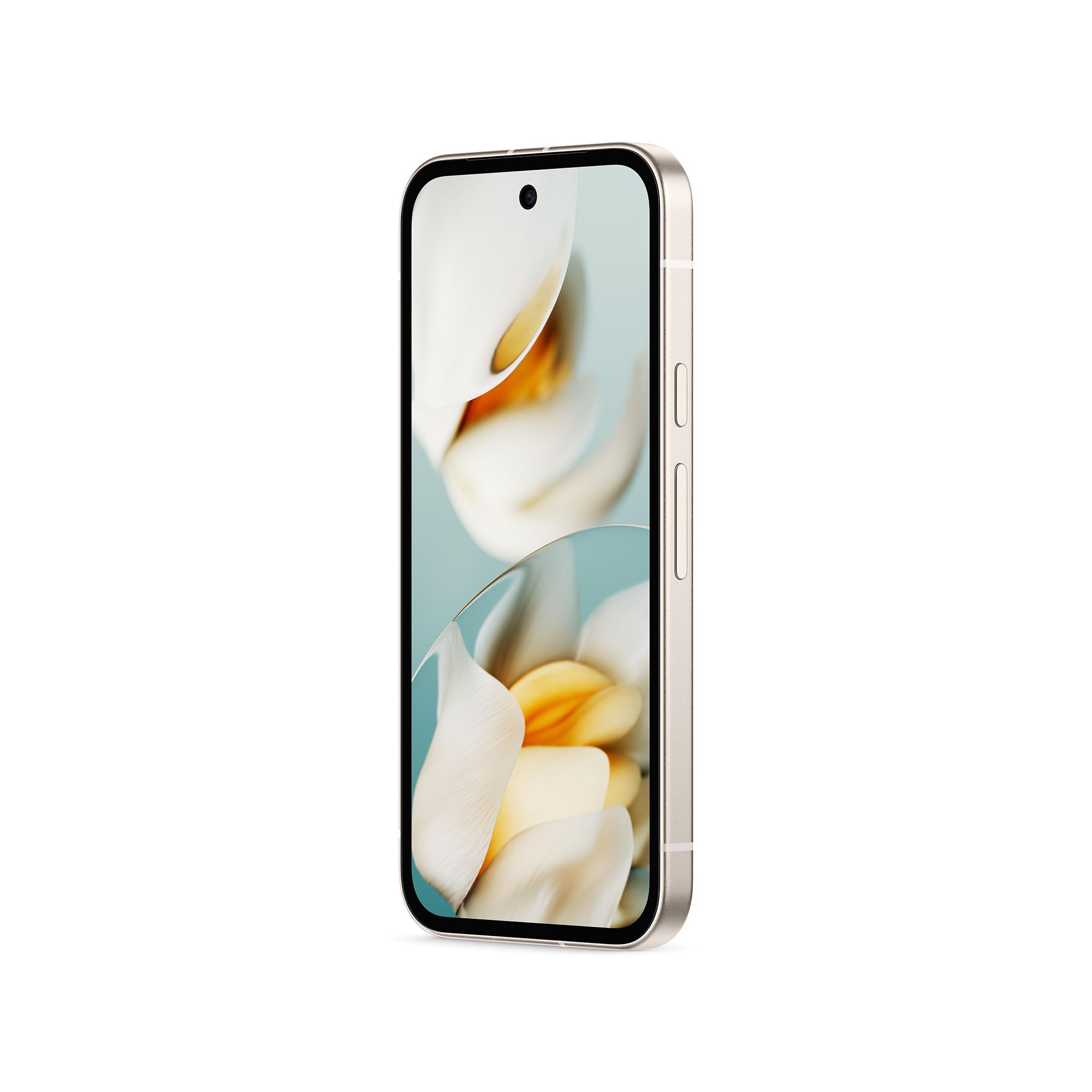Summary
- The Pixel 9a has a downgraded Gemini AI model, using Gemini Nano XXS instead of XS due to RAM limitations.
- The on-device Gemini Nano XXS doesn’t run continuously like other models.
- Gemini Nano XXS on Pixel 9a can only process texts and lacks multimodal capabilities.
After months of leaks, Google officially unveiled the Pixel 9a. While the new mid-range Pixel features a different design from the rest of the Pixel 9 series, it still shares some key internals, including the Tensor G4 chipset. However, if you were expecting the same on-device Gemini AI experience as the
Pixel 9
and 9 Pro, that’s not the case.
According to Ars Technica, Google has equipped the Pixel 9a with a downgraded version of on-device Gemini AI. While on-device Gemini has been a key feature of Pixel phones since the Pixel 8, the Pixel 9a runs a much smaller model called Gemini Nano 1.0 XXS (extra extra small). Meanwhile, all other Pixel 9 models use the more powerful Gemini Nano XS model.
The main reason for this downgrade is RAM limitations. The Pixel 9a ships with 8GB of RAM, the same as last year’s Pixel 8a, while the Pixel 9 starts at 12GB, and the Pixel 9 Pro models go up to 16GB. The extra RAM in the higher-end models allows them to run the full Gemini Nano XS model without issues, but the lower RAM on the Pixel 9a forced Google to scale things down.
8GB RAM just isn’t enough for full on-device Gemini features
To make on-device Gemini AI work on the Pixel 9a, Google had to make some sacrifices. Unlike on other Pixel 9 models, where Gemini Nano runs in the background at all times, the Pixel 9a requires the model to be loaded every time it’s needed. This not only eats up RAM but could also slow things down a bit.
Another key difference is that Gemini Nano XXS only works with text. This means some of the multimodal AI features found on other Pixel 9 models, like Pixel Screenshots, which extracts text from images, and Call Notes, which generates on-device call summaries, aren’t available on the Pixel 9a. Recorder summaries will still work, though, since the app converts speech to text first before using Gemini Nano to process it.
This might be one of the reasons why Pixel 9a doesn’t support Pixel Screenshots and Call Notes.
Beyond the downgraded AI model, the Pixel 9a also misses out on the new Exynos 5400 modem found on the rest of the Pixel 9 series. Instead, it ships with the older Exynos 5300 modem from the Pixel 8a, meaning cellular performance may not see any major improvements. We’re still testing this, so we’ll have a better idea soon.
Despite these cutbacks, the Pixel 9a still looks like a solid mid-range phone. Google has kept the price the same as last year’s model, and the Pixel 9a actually has the biggest battery in the entire Pixel 9 series. Whether the lack of a more powerful on-device Gemini model makes a noticeable difference in daily use remains to be seen.
Google Pixel 9a
The Google Pixel 9a ditches the camera visor design from the Pixel 8a, opting for a flatter back. It features a huge 6.3-inch display, which is brighter than the previous generation and is powered by the new Tensor G4 chipset. Google has also packed in the largest battery ever in a Pixel device. This might just be the best $500 smartphone we’ve seen yet in recent years.



